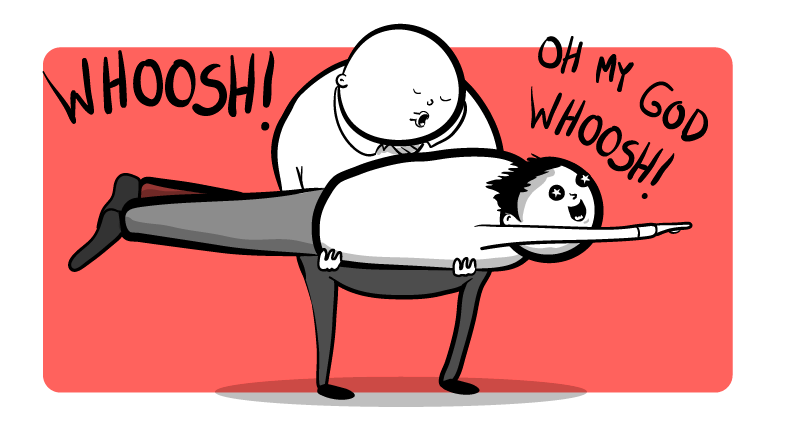
The 4th most popular blog post on the all-time top ten list is an unexpected entry: Five Ways NOT to Brainstorm.
Written almost exactly eight years ago, it was intended to be funny and a little silly – mostly.
I had read a couple of articles in Fast Company and the New Yorker about the perhaps counter-intuitive reality that brainstorming is rarely productive, which I found ironic.
Brainstorming was originated in the 1940s by a “Mad Men” era exec at BBDO, one of the big Madison Avenue advertising firms. The basic concept was that being too critical early on stifles creativity, so get a bunch of people together, suspend judgement, and watch the ideas flow. (The New Yorker article goes into a lot more detail about this history.)
Sounds plausible, but it turns out not to be true.
As the Fast Company article reports, further social science experiments indicate that it’s group dynamics more than criticism that stifles creative thinking.
Which group dynamics? Well, if you’ve were ever assigned a team project during your formative years, you know the answer: The forces that encourage everyone to sit back and assume someone else will do all the work. (Unless you’re the one who was always the “someone” in the group, in which case, we should meet for coffee sometime because I think we’d have a lot in common.)
In fact, criticism can actually help produce more ideas in the form of solutions as the group gets more clear about what problem it is they’re trying to solve exactly. As Fast Company advises:
…the fact is that people are usually better at finding fault than they are at finding answers. Properly harnessed, that could be a good thing.
Or, as the New Yorker article puts it:
In a way, the power of dissent is the power of surprise. After hearing someone shout out an errant answer, we work to understand it, which causes us to reassess our initial assumptions and try out new perspectives.
Interestingly, as we’re all contemplating issues related to where we work as the pandemic emergency transitions into an endemic problem we’ll have to learn to manage, physical proximity appears to matter, in everything from the “best” scientific research (measured by number of citations) to the famed MIT Rad Lab to making “Ratatouille” and “The Incredibles.”
Again quoting the New Yorker:
The most creative spaces are those which hurl us together. It is the human friction that makes the sparks.
But it’s equally important not to just throw people together in the interest of “team input theater,” where, per Scott Berkun, a bad manager:
holds a stiff and awkward meeting, some stuff is written down, a few smiles are exchanged, and then: nothing happens. (emphasis added)
And that’s actually a key point: follow up. Once you have all those ideas – good, bad, indifferent, WTF?, whatever – DO SOMETHING WITH THEM. The boss (maybe that’s you) needs to assign someone to weed through them and then assign tasks back out to the group. Otherwise, you’re just wasting everyone’s time.
And in the spirit of the original post, LONG LIVE GARBAGE FONDUE FOUNTAINS! (Be warned: If you follow that link to The Oatmeal, the language is definitely R-rated. But you should check it out, as it’s the source of the great image that heads this post, which is part of a funny and profane take on the promises and perils of brainstorming by author and artist Matthew Inman.)